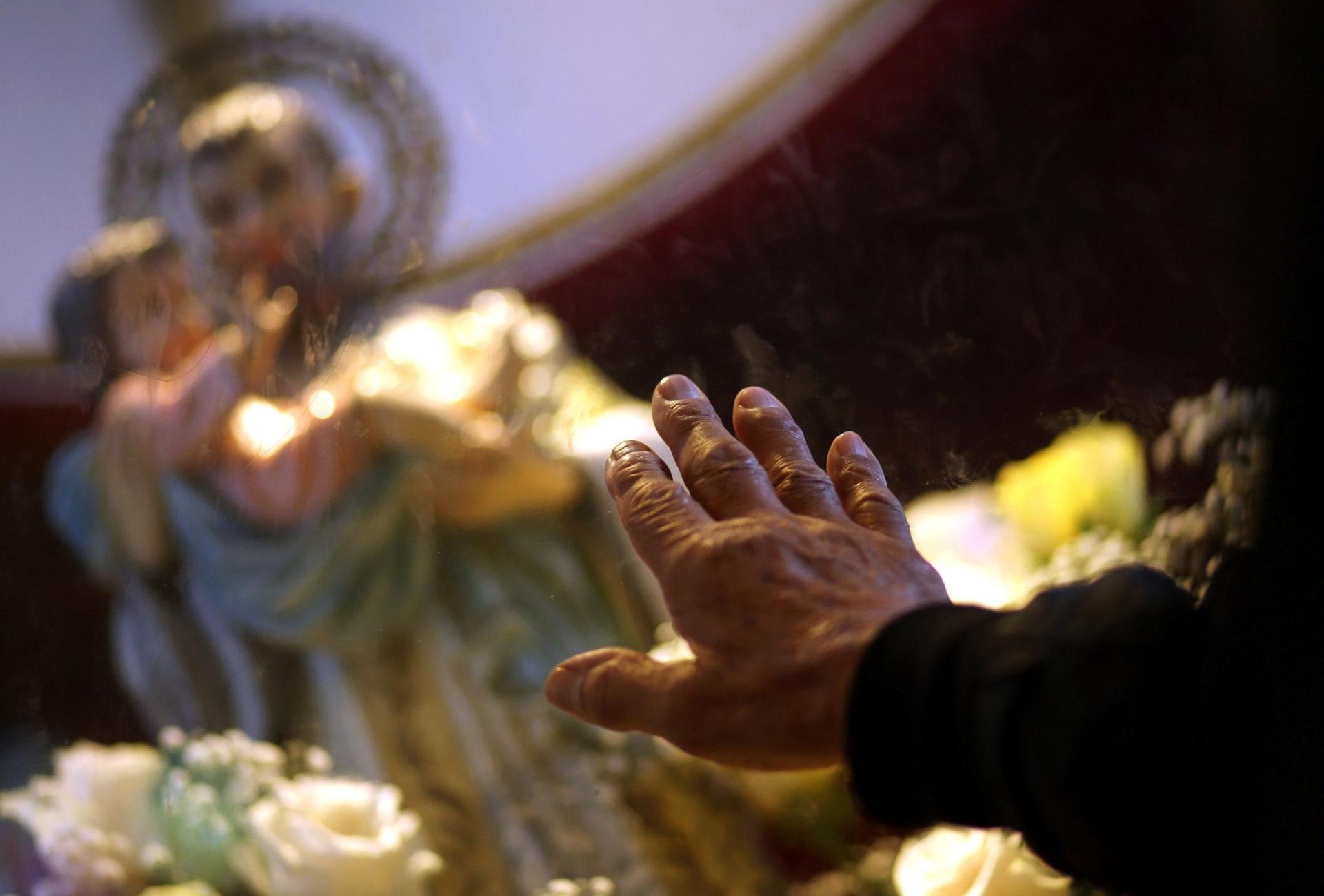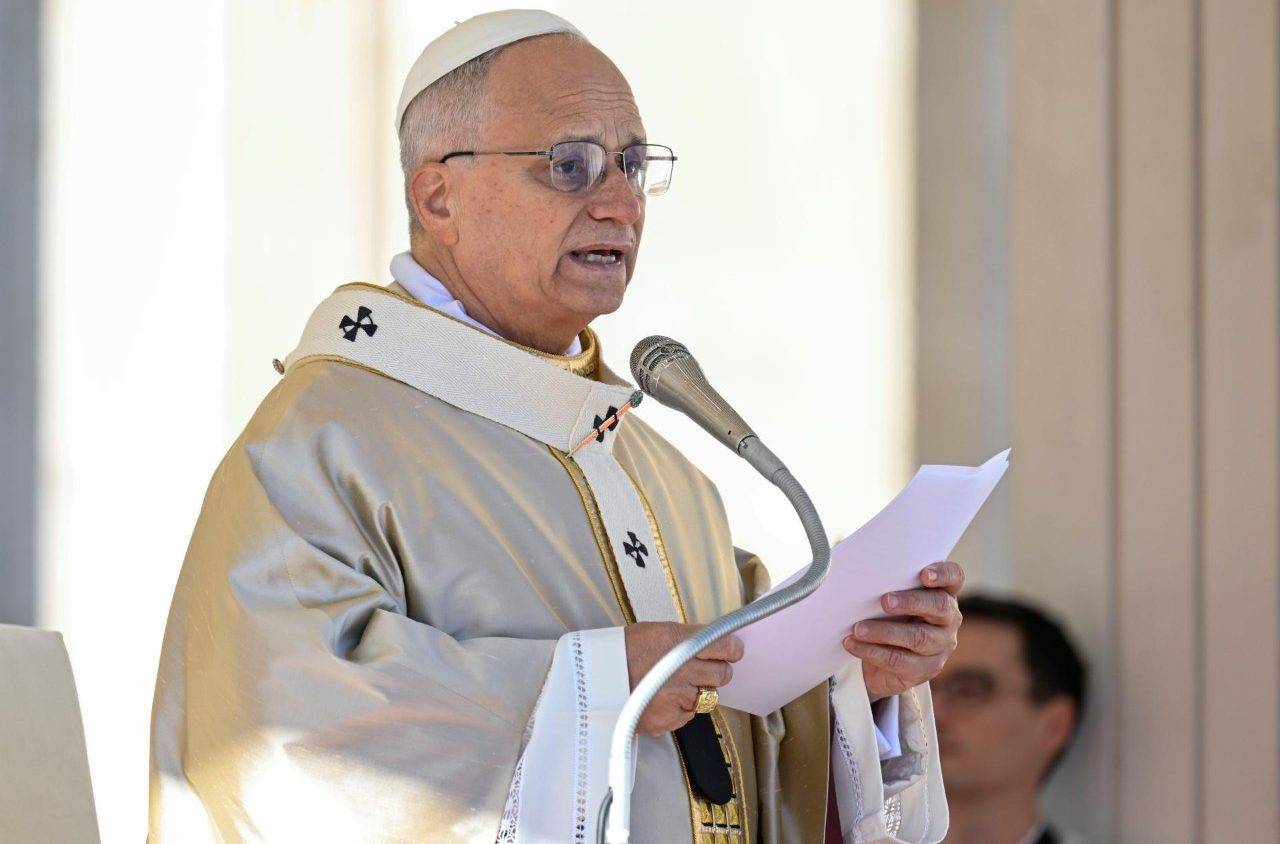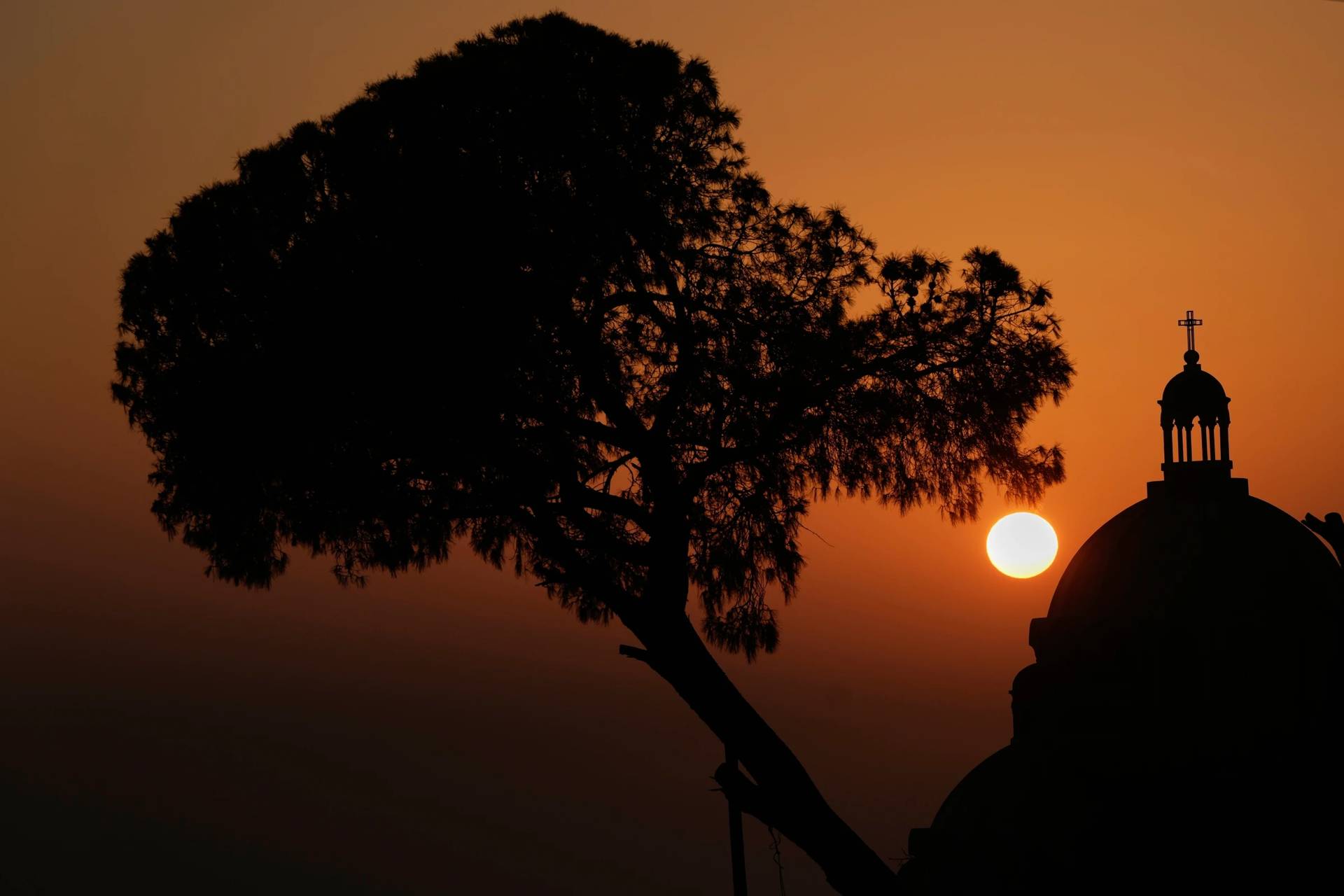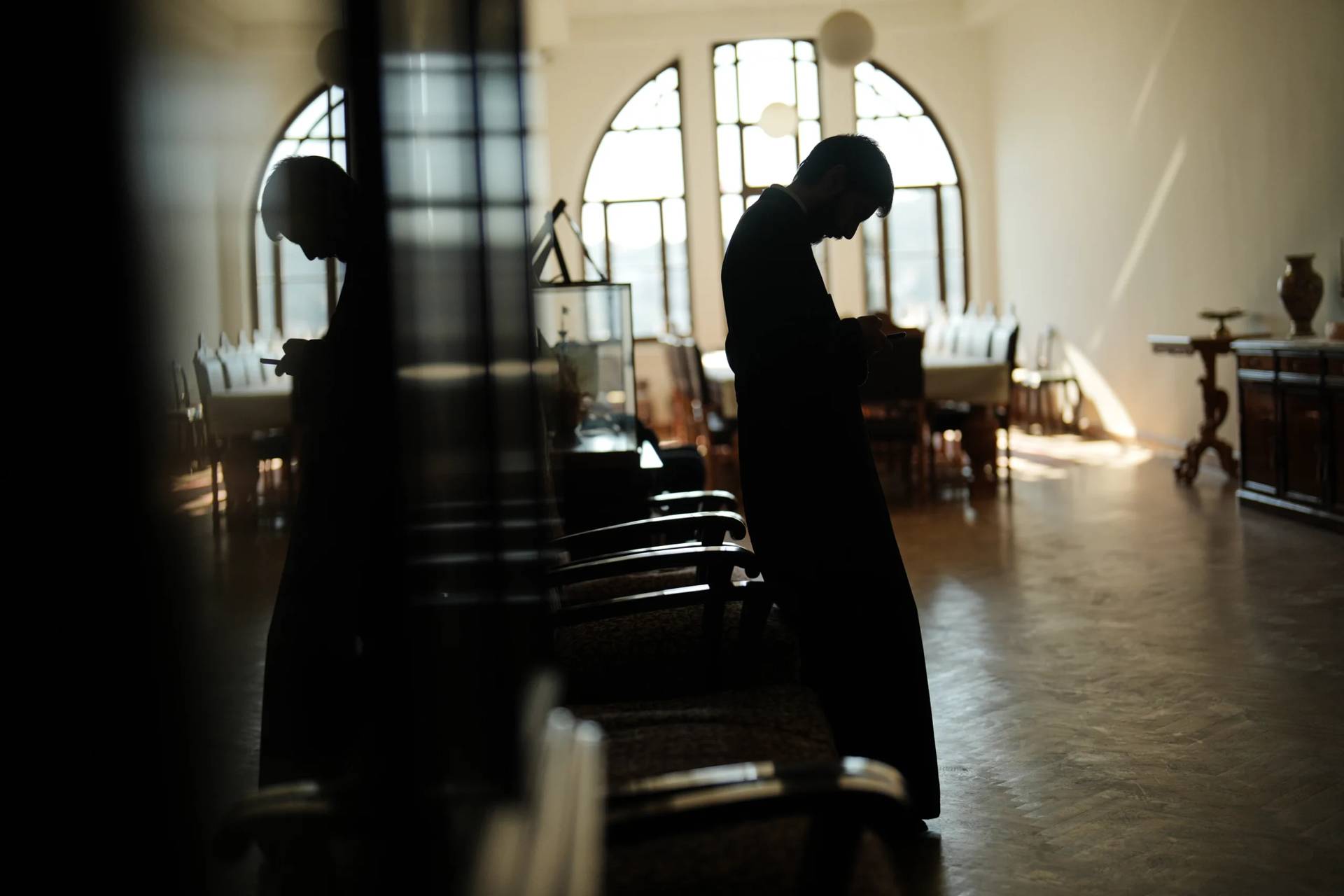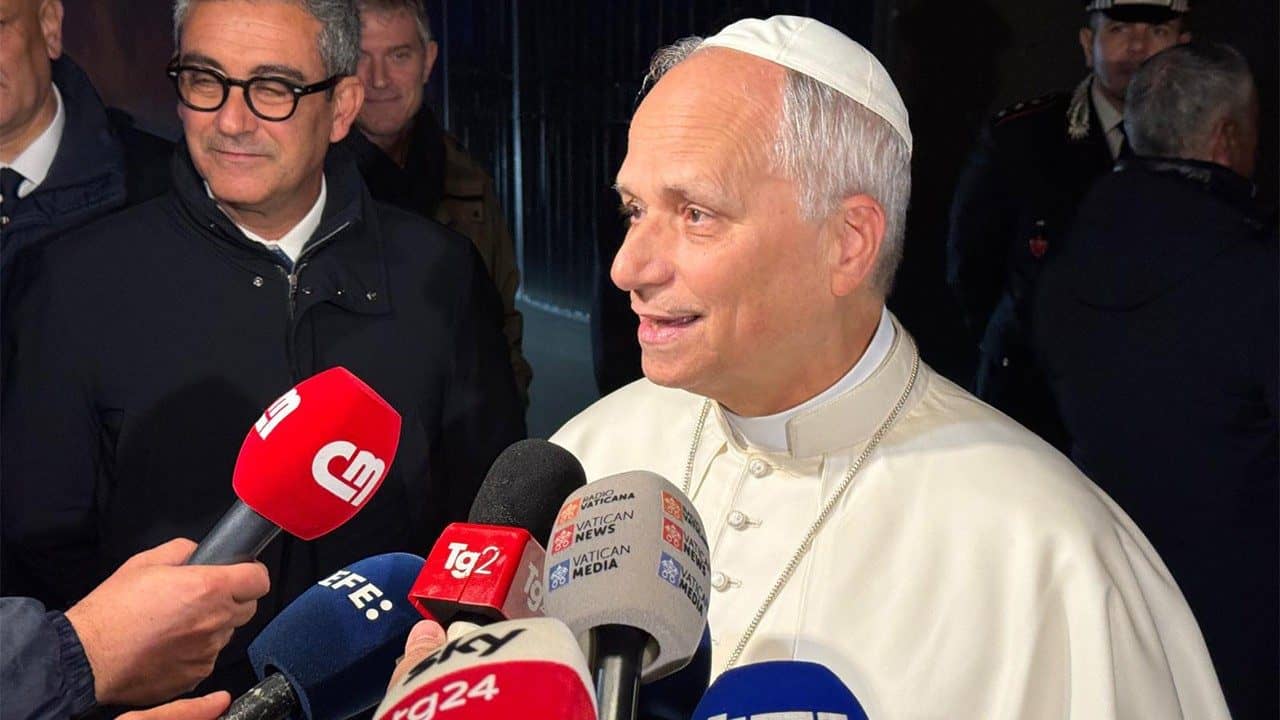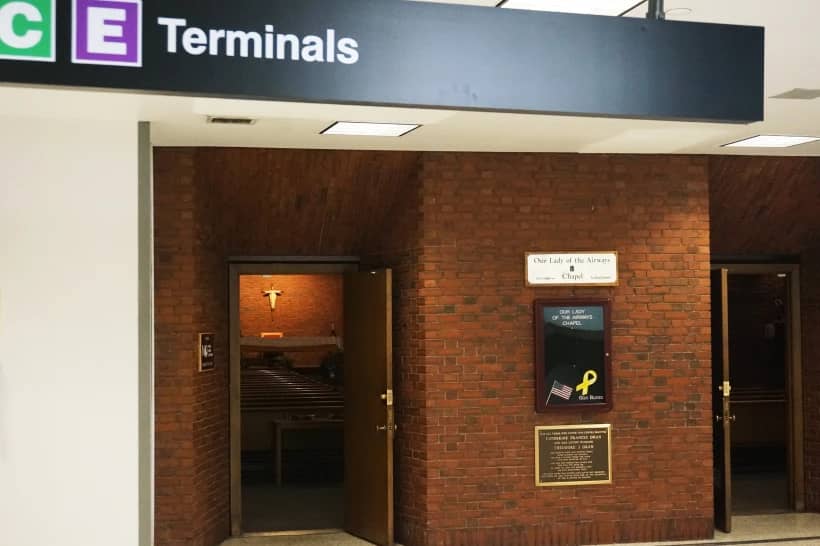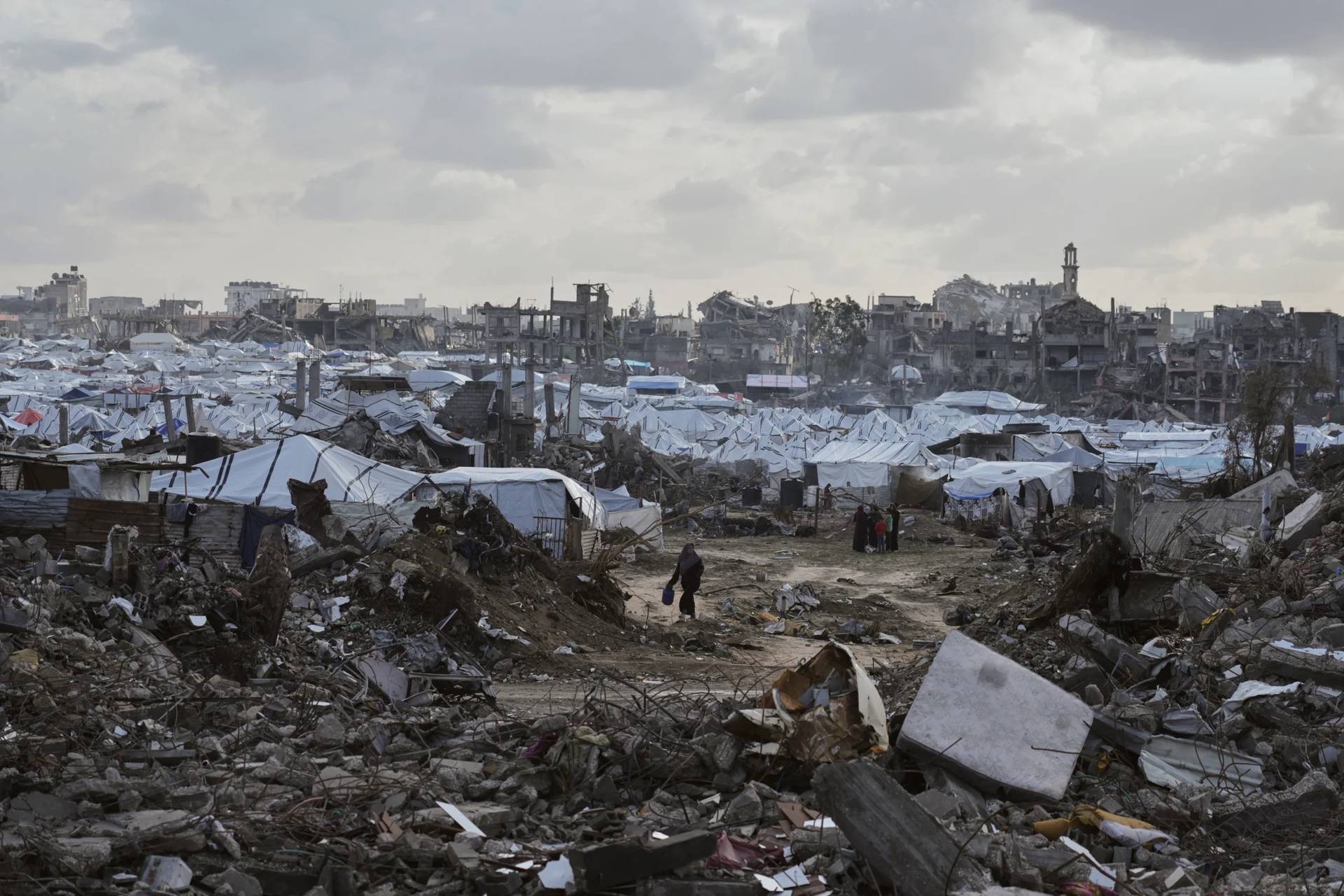ROME — When Cardinal Jorge Mario Bergoglio was elected pope in 2013, some of those who knew him said he would become known as “the pope who doesn’t smile.” Time, obviously, has proven them wrong, as the pontiff’s beaming face has become a global icon.
Yet if you knew the future pope in Argentina, you’d understand what those predictions were based on. He was known as a man who would sport a sour face, serious and pensive. Those who really knew him say that the smiling man the world knows today existed back then too, but only came out to play in private, with a handful of exceptions.
None of those special occasions when we caught a glimpse of the man who would become Pope Francis was as clear as the feast of St. Cajetan, the most popular saint in Argentina, and for whom popular devotion is second only to that of Our Lady of Lujan, the country’s patroness.
“The Francis we see today, we saw him in St. Cajetan, it was his celebration, where he walked, greeted the faithful,” said Father Fabián Baez, who until recently served as a priest in the shrine dedicated to the saint in Liniers, a neighborhood on the edge of Buenos Aires.
Here, Baez told Crux over the phone, then-Cardinal Jorge Mario Bergoglio was able to greet the people, most times as a “regular priest,” with many of the close to one million pilgrims who arrive here every August 7 not even recognizing him as the archbishop of Buenos Aires.
Bergoglio would arrive early in the morning, spend hours hearing Confessions, say the main Mass, at 11:00 am, and then spend three or four hours talking to those who were patiently waiting in a 1.2-mile long line to go in. Some of them had been waiting for days, and a few even for months, to enter the shrine and venerate a saint known in Argentina as the patron of bread and labor.
But … Who was St. Cajetan?
Often considered one of the Catholic minds behind capitalism, he’s largely venerated as the patron of bankers. The irony of the fact that he’s one of the favorite saints of a pope who has a book called This Economy Kills, speaking mostly about the current capitalism-based economic system, is not lost.
But even though Cajetan founded a lending institution in Naples, Italy, towards the end of his life, he did much more than just that.
Born as Gaetano dei Conti di Thiene to noble parents in October 1480, in the Lombardy region, he lost his father at the age of two. He would grow up to become a doctor in both civil and canon law at the age of 24. Soon after, He began working as a diplomat for Pope Julius II, and would continue to do so until the pope’s death, following which he began studying to become a priest, eventually being ordained in 1516.
Cajetan also founded the religious Congregation of Clerks Regular, popularly known as the Theatines. One of his four companions on this task would eventually become Pope Paul IV. They lived a monastic form of poverty and prayer and lived and worked closely with the poor in order to combat the political and spiritual corruption of the times.
Concerned both for the spiritual and physical health of the poor, the saint also set up hospitals for the terminally ill, pushed for a reform in the priesthood, calling on his fellow clerics to serve and not be served.
In 1533 he moved to the southern Italian city of Naples, from where he began fighting the growth of the Lutheran heresy. It was here that he created a lending institution to help the poor, which became an alternative to usurers who charged high interest rates. This financial initiative would eventually become the Bank of Naples.
He died on August 7, 1547, and was declared a saint by Pope Clement X in 1671.
How did he go from Italy to Argentina?
Though Bergoglio is credited with spreading devotion to Our Lady Undoer of Knots in Argentina, he’s far from being the apostle of Cajetan. Instead, it was an Argentine woman for whom Pope Francis sped up the sainthood process who, with a little help from the saint himself, made Cajetan one of the key figures of Argentina’s popular piety.
St. Cajetan became Argentina’s second most important devotion through the hand of María Antonia de Paz y Figueroa, known as Blessed Mama Antula. Back in the XVIII century, when women with a formal education were a rare thing, she spent her life keeping the Ignatian spirituality alive in the Rio de la Plata, after the king of Spain expelled more than 2600 Jesuits from the Spanish territories in America.
In 1795, she founded a house for spiritual retreats in Buenos Aires, which is still standing today. There, she put an image of St. Cajetan, naming him patron of her evangelizing efforts.
Antula’s cause for sainthood was sent to Rome from Argentina in the early 1900s, but it wasn’t until 2010 that Pope Benedict XVI deemed her venerable. She was declared blessed, the step previous to sainthood, last year.
RELATED: Argentine saints-to-be reveal pope’s thinking on priests, nuns, and laity
If history is to be believed, not long after Antula set the image of St. Cajetan in the retreat house, a peasant man (though it could have been more than one, historians disagree) went to the saint and asked him for his intervention: Drought was killing the crops.
The prayers, those who tell the story say, were obviously heard, and from then on, the locals began to venerate him as the Patron of Bread and Work.
The image Mama Antula put up, would eventually be moved to where the shrine is today.
“Our people have recognized a particular charism of the saint to intercede for peace, bread, and work,” Baez said. An estimated one million people, give or take a few, depending on the year, “go to him to ask for the bread that feeds and the work that dignifies.”
According to the priest, there’s no formal invitation issued every year: “It’s the people who decide to go, we don’t need to convoke or anything. So the saint chose us, and the people followed him.”
Baez believes that St. Cajetan chose Argentina, and not the other way around. “He’s a saint who lived from providence, while at the same time providing for others, through the social work that he did.”
Cajetan, the priest said, was a man who not only “worried” about the poor, but actually spent his life serving them.
Despite what some political and economic observers in Argentina often try to infer, according to Baez it’s a devotion that transcends social times, and as such, “it’s a hermeneutical mistake to believe that if a lot of people go to St. Cajetan it’s because the situation is bad.”
People, he said, go regardless, independently of how things are. Furthermore, he said, “there are probably more people there to give thanks than because they want to ask for favors.”
Many of those who go to the shrine, as is often the case with the similar number of people who on a yearly basis walk a day to reach the shrine of Our Lady of Lujan, some 40 miles from Buenos Aires, aren’t regular Mass goers.
Asked about what the Church can do to perhaps capitalize on this phenomenon of popular spirituality, Baez was quick to clarify that they’re also the Church: “The Church is not only the structure. It’s also the people who come to these places. The Church is alive, and not only because of those of us who welcome the pilgrims.”
The people of God, Baez said, recognizes the presence of God in these places, “incarnated in a way in a structure of the Catholic Church, but which transcends its structure.”
Hence, every month, on the seventh, people go to St. Cajetan, on the 19th to visit St. Expedite, and on the 27th St. Pantaleon. It becomes a “popular precept,” made even more evident on their feast days.
“All of us make up the church,” Baez insisted, “and a phenomenon of popular piety as big as St. Cajetan allows us to see it.”
Pope Francis and St. Cajetan
Bergoglio began visiting the shrine every August 7 when he became archbishop of Buenos Aires, back in 1998. The homilies he gave here, according to Baez, are “very strong messages that anticipate the spiritual lines of his pontificate: the preferential option for the poor, the peripheries, a Church that is out in the streets and the image of the Church as a field hospital.”
For instance, in 2008, Bergoglio said that God is the only one capable of “convoking to build a place for everyone. Here, in St. Cajetan it’s demonstrated, as it is in Lujan too … These are homes for everybody. A sacred place.”
“There’s place for everyone,” he insisted, because these shrines are places built with faith, with a “clean look, with no envy, a look of hope placed only in God.”
In these shrines, Bergoglio said, everyone is welcome, no one is excluded and there is no fighting. It’s a place built “by the work full of love of all the workers, men and women, of our nation, those who wake up every day and go to work, those who don’t steal but work.”
For obvious reasons, his homilies would also touch on issues that were direct appeals to the country’s political and social situation.
One year, for instance, Bergoglio quoted a song traditionally sung in Argentina at Mass, which points out that it’s impossible to starve to death in the blessed land of bread. It was taken as an attack on the then-government of Cristina Kirchner. But in the interview book The Jesuit, he says he said it because “it is a great injustice that in our blessed country, in which, as I said, God gave us everything, there is not enough food or enough jobs.”
Yet in the book, he denied it was an attack on any politician in particular.
“It is a great injustice and a flagrant lack of responsibility in distributing resources,” he said. “When the Church mentions this, it is immediately criticized for attacking the government. Aside from a few brief periods, when things seemed to look up, the number of people living in poverty has continued to increase. It is not a new problem.”
Last year, he sent a letter to Archbishop Jose Maria Arancedo, president of the Argentine bishops’ conference, to mark the feast.
“I am moved when remembering August 7 in Buenos Aires – the Mass in the Liniers Shrine and then the long line of people up to the Velez Stadium,” Francis wrote. He remembers how he’d sometimes weep listening to the stories of those who couldn’t find a job. “Yes, weep, because it is hard in one’s life to come across a father of a family who wants to work and has no possibility to do so.
“We pray to Saint Cajetan for bread and work. Bread is easier to have because there is always a good person or institution that provides it,” he said. Work, however, is harder to find, but its even more important, because it confers dignity: “It’s one thing to have bread to eat at home and another to bring it home as the fruit of one’s work.”
